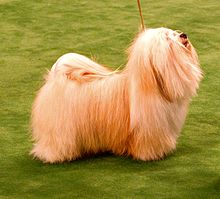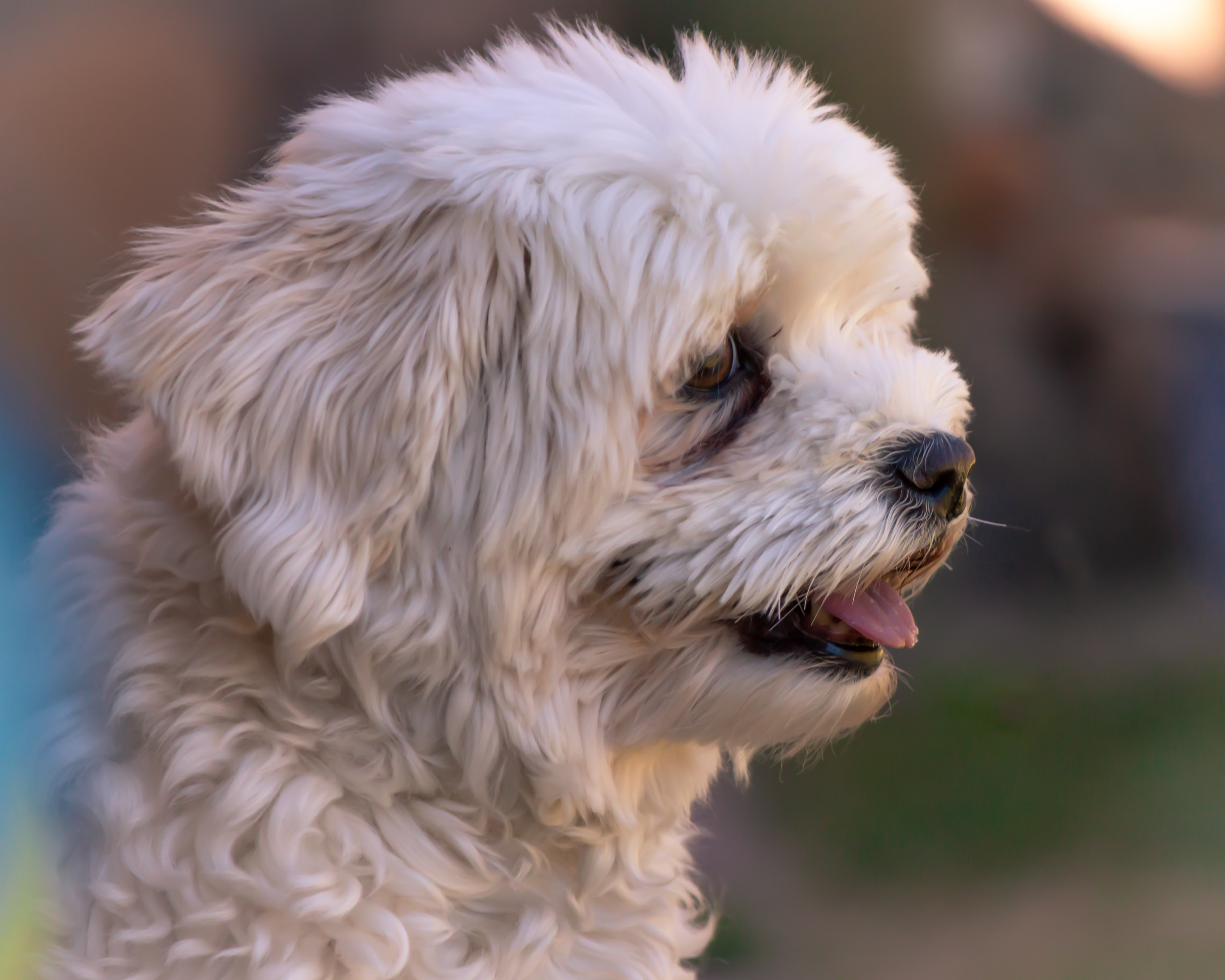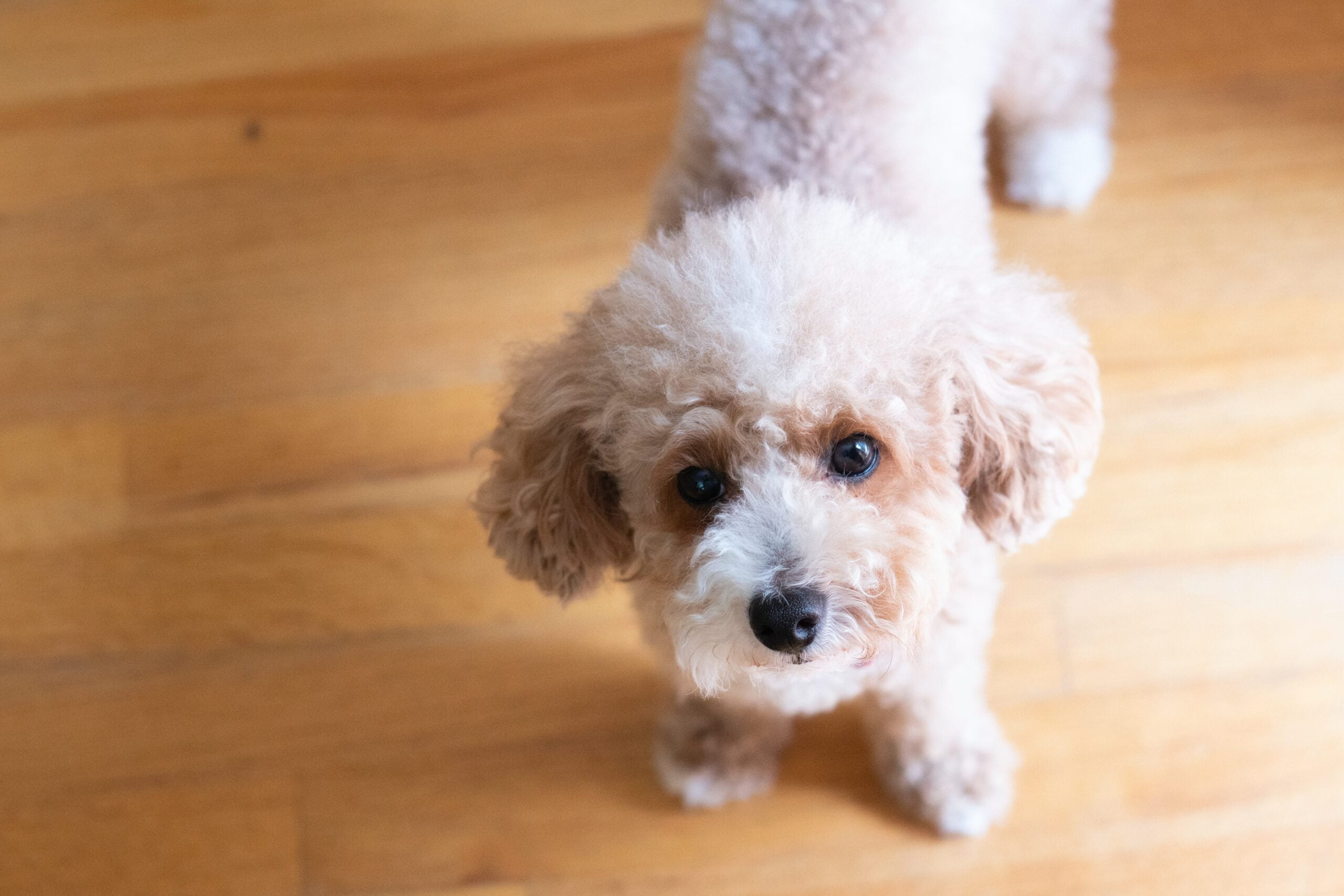
The Havanese, an enchanting toy breed renowned for its silky, flowing coat and spirited charisma, traces its roots back to the vibrant streets of Havana, Cuba. Often described as the “national dog of Cuba,” this petite breed is characterized by its playful, affectionate nature and its adaptability to various living environments. Boasting a coat that can range from straight to curly and comes in a multitude of colors, the Havanese has captured hearts worldwide, not just as a show dog but as a devoted companion.
The Havanese is a member of the AKC Toy Group.
Breed Characteristics
| Dog Breed | Havanese |
| Breed Popularity (AKC) | 25 |
| Country of Origin | Cuba |
| Personality | Outgoing |
| Life Expectancy | 14-16 yrs |
| Height | 9-12 in |
| Weight | 7-13 lbs |
| Color | Black, White, Black Brindle, Chocolate, Cream, Fawn, Gold, Gold Brindle, Gold Sable, Red, Red Sable, Red Brindle, Silver, Silver Brindle, Black & Tan, Black & Silver |
| Coat | Very soft double coat |
| Shedding | Occasional |
| Grooming | 2-3 Times a Week Brushing |
| Health Problems | Hip dysplasia, hereditary eye disorders, skin allergies |
| Trainability | Easy Training |
| Exercise Needs | Regular Exercise |
Havanese History
Originating from Cuba, the Havanese is the national dog of the country and part of the Bichon family. Spanish settlers brought small companion dogs to Cuba, which then interbred and evolved into the Havanese. In the 19th century, they found favor among European aristocrats. They’re known for their silky hair and cheerful disposition.
Temperament
Havaneses are affectionate and sociable, making them excellent companions. Their adaptable nature suits both city living and more spacious settings. They have a moderate energy level and are notably playful. Their intelligence makes them relatively easy to train, although they can occasionally display a stubborn streak. They are friendly towards children and other pets, making them a great family addition. Barking tendencies can be on the higher side, especially when they want attention. Their sensitivity requires gentle training methods. They don’t particularly enjoy being left alone for long periods.
Remember, while breed traits provide a general idea, individual dogs can have personalities that differ from the breed standard. Always spend time getting to know the dog and ensure their needs and temperament align with your lifestyle.
Grooming Requirements
Havanese dogs have a soft, silky coat that can become matted if not regularly brushed. Daily brushing and regular baths using a quality dog shampoo can keep their fur in top shape. Regular grooming routines, including nail trimming and ear checks, are essential for the well-being of this small breed.
Havanese Health
Havanese dogs, living 13-15 years, often face issues like hip dysplasia and certain hereditary eye disorders. Regular health check-ups, vaccinations, and a balanced diet are key. Given their coat, they can occasionally suffer from skin allergies.
Exercise Needs
Havanese dogs have moderate energy levels. Regular short walks paired with indoor play sessions are usually sufficient for them. Games like fetch or agility exercises tailored to their size can provide both exercise and bonding time. The dog park can be a fun outing for socialization, but monitoring is essential because of their small size.
Training
Havanese dogs, known for their friendly demeanor, thrive with gentle obedience training. Using structured commands, potty training becomes more manageable. Crate training provides a safe haven for relaxation. Addressing any behavior problems at an early stage ensures they remain amiable companions. Regular socialization, given their social nature, is vital to ensure they are adaptable and approachable.
Havanese Pictures



Related Dog Breeds
More Dog Resources
Are you thinking about getting a puppy? Make sure to check out our list of important questions to ask before you adopt a puppy.
We also have many resources to help, from naming your puppy to socialization resources and training tips.
Take me back to the Ultimate Guide to Dog Breeds


